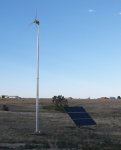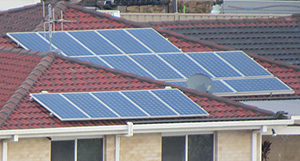- Joined
- Jan 25, 2012
- Messages
- 44,608
- Reaction score
- 14,469
- Location
- Texas
- Gender
- Male
- Political Leaning
- Conservative
I am still not sure why you cannot relate the two events, your utility cannot raise rates without raising what they pay for surplus,Case in point - mine does too. Thank you...
yet still need to cover cost of operations. One of the few options was to increase the grid connect fees.
They likely raised them for the non solar customers as well.



